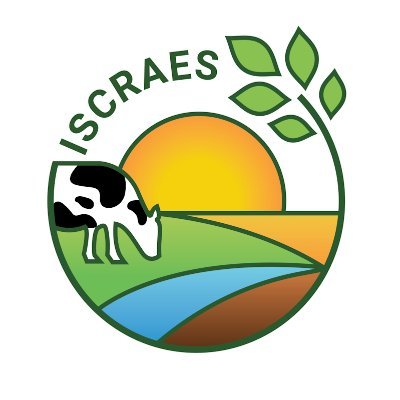Quantifying the GHG mitigation effect of intervening against bovine trypanosomosis in Eastern Africa
The key findings of the project to date:
- The main sources of emissions were enteric methane and nitrous oxide arising from the deposition of organic nitrogen on pasture (either directly via the urine of grazing animals, or via the spreading of the collected manure of housed cattle).
- Higher yielding, grazed dairy systems had much lower emissions intensity due to their higher productivity. Variation between the other systems was less marked and was largely driven by productivity.
- There is a link between improving productivity and decreasing emissions intensity. The greatest changes in emissions intensity in the four key systems that were addressed (pastoral, agro-pastoral low oxen, mixed medium oxen and mixed grade dairy) arose from changes to the productivity of individual animals and herd structure.
- The removal of trypanosomosis had secondary effects on the proportion of adult males used for work, the number of days oxen work, cow replacement rates, slaughter ages and offtake rates, and the rate of herd growth. In areas where trypanosomosis was removed (in the model) there were large increases in animal numbers, through growth or animal movements. Emissions intensities resulting from additional draft power associated with healthier animals were also accounted for in the study.
The final tasks in the current project are to look at the total regional effect of removing trypanosomosis on production and emissions, comparing the costs of different interventions, and outlining implications for modelling disease and greenhouse gas relationships.


